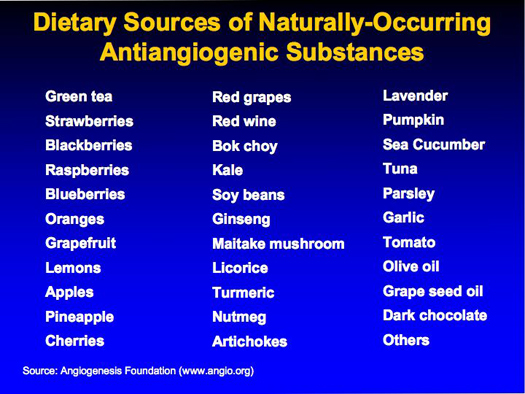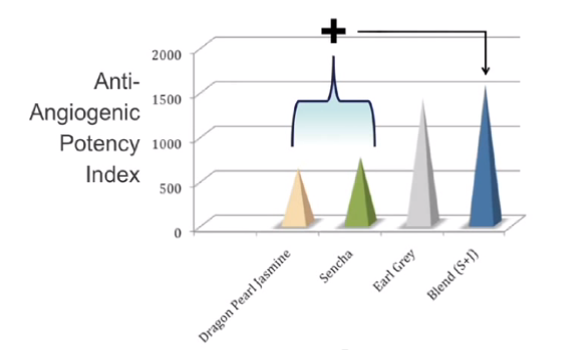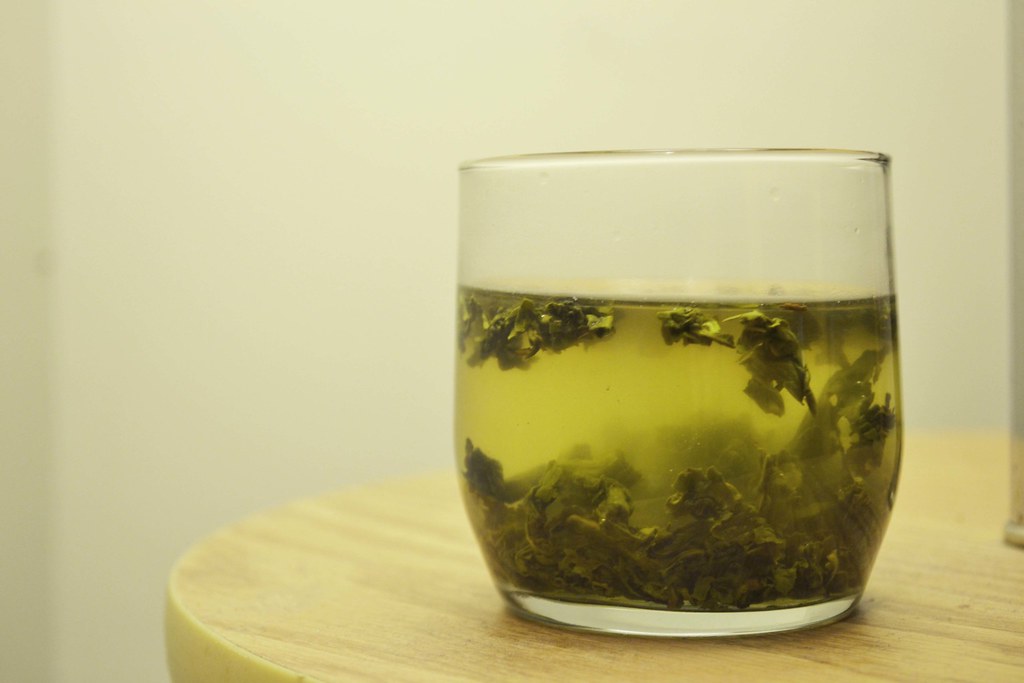It’s no secret that the key to a healthy life is a healthy diet. We’ve been told ever since we can remember to eat our fruits and vegetables and to watch out for fatty foods and candy, much to our dismay. What we didn’t know then, is that eating healthy does more than the usual things we’ve been told. There is a whole slew of healthy foods that can help prevent the start of cancer.
What makes superfoods ‘super’?
This sounds kind of crazy, but the reason that these foods have these sort of super powers is because they have anti-angiogenic qualities. Angiogenesis is the method our bodies use to build up blood vessels. This is a good thing when your body creates more blood vessels to heal itself after an injury, but it can be bad when these blood vessels help feed diseases like cancer. Cancer’s can mutate to send out angiogenic signals so that they get more blood to grow, so if you block angiogenesis, you can cut off a tumor’s lifeline.
So what’s the solution?
One of the best parts of this is that you can do it by eating. There is a whole variety of foods that have been found to have angiogenic inhibitors. The list of foods includes the traditional healthy food choices of berries, artichokes, tomatoes and other fruits and vegetables with obvious health benefits as well as some more fun options like dark chocolate and red wine.

Photo Courtesy of angio.org
What’s more is that combining some of these foods can increase their anti-angiogenic powers. For instance, Dragon Pearl Jasmine tea and Sencha tea both have an anti-angiogenic potency of around 500. But studies have shown that blending these two teas together gives them a potency of around 1500. You can learn more about the health properties of different teas here.

Photo Courtesy of TED talk by William Li (2010)
If you want to learn more about this, check out the TED talk or you can visit angio.org.
More good stuff here:


